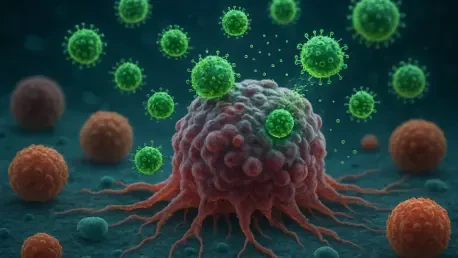
I'm thrilled to be speaking with Ivan Kairatov, a renowned biopharma expert whose extensive experience in research and development has positioned him at the forefront of cutting-edge cancer treatment technologies. Today, we’ll dive into the groundbreaking work on nanodots made from molybdenum

Leishmaniasis, a debilitating infectious disease caused by the protozoan parasite Leishmania , continues to afflict millions of people worldwide, predominantly in under-resourced regions where access to effective healthcare remains a significant challenge. Among its numerous species, Leishmania

What happens when a traumatic brain injury (TBI) strikes, leaving millions grappling with invisible damage that traditional medicine struggles to detect or treat? In emergency rooms and clinics worldwide, this silent epidemic affects over 60 million people annually, often leading to lifelong

Cancer remains one of the most formidable challenges in modern medicine, with treatments like chemotherapy often causing as much harm as help due to their indiscriminate attack on both cancerous and healthy cells. Imagine a scenario where a drug could be delivered with pinpoint accuracy, targeting

In an era where the United States grapples with an aging population and escalating healthcare demands, home health and hospice care stand out as indispensable solutions for delivering personalized, cost-effective support to millions of Americans. These services allow individuals to receive medical

What if the key to unlocking life-saving treatments for diseases like cancer lies not in creating new drugs, but in perfecting how they reach their target? Every year, countless promising therapies fail due to poor delivery mechanisms, leaving patients and researchers grappling with unmet needs. At